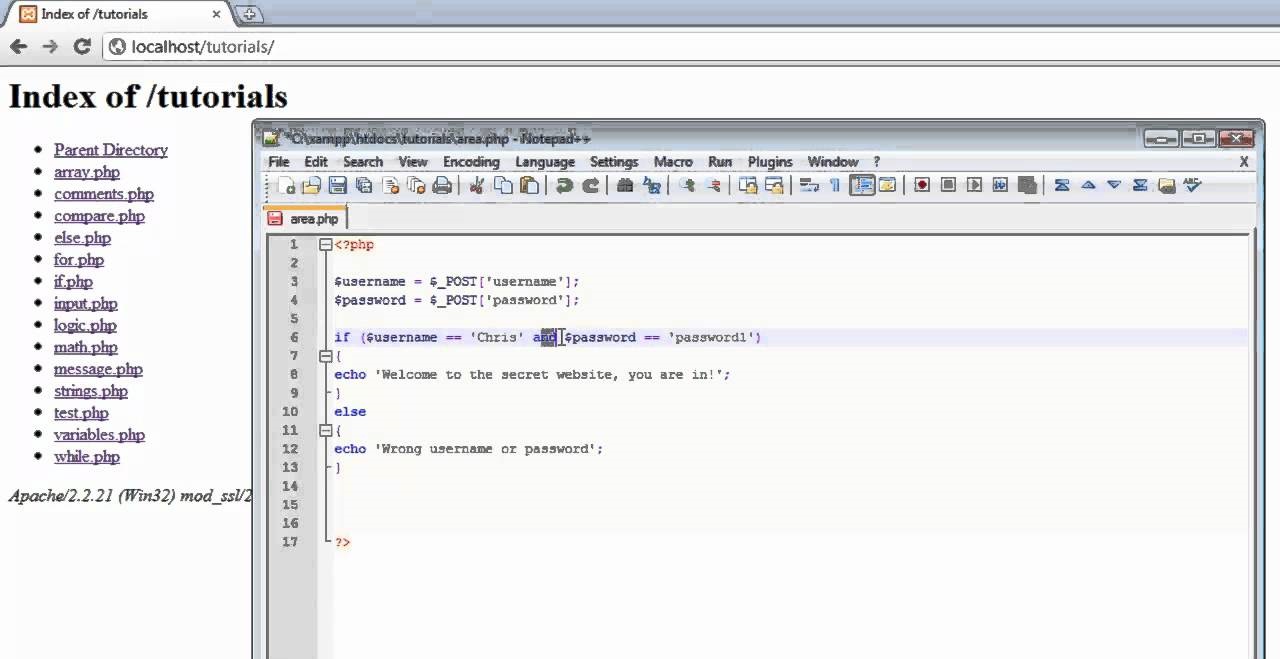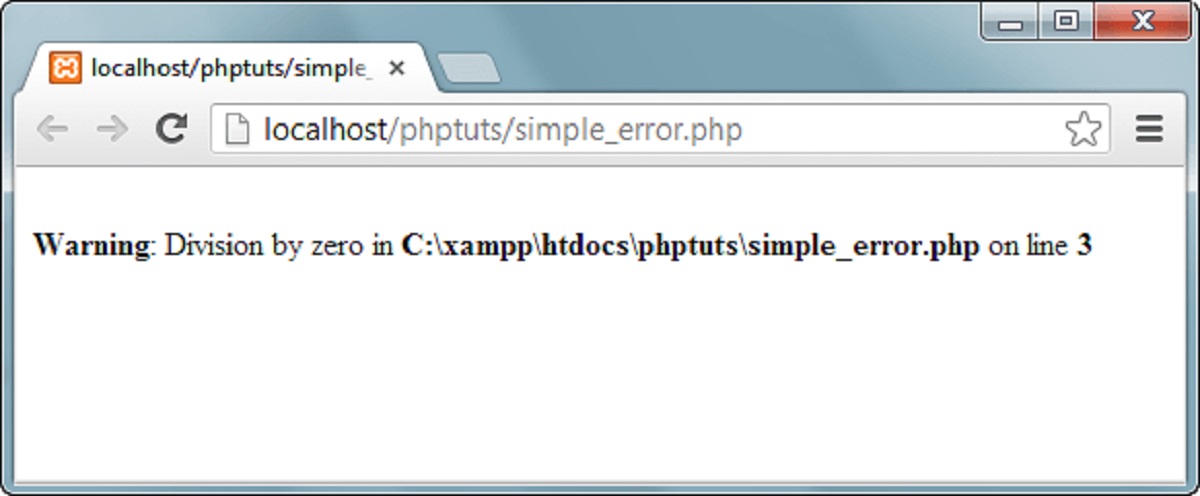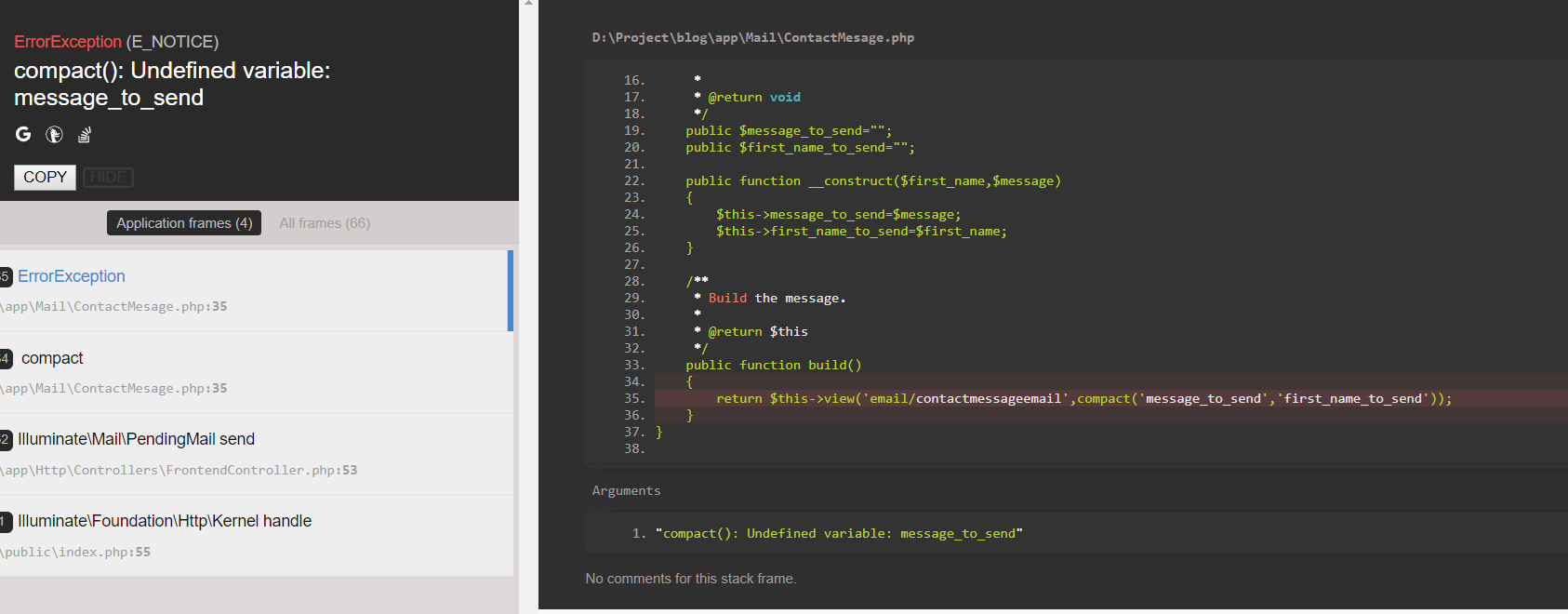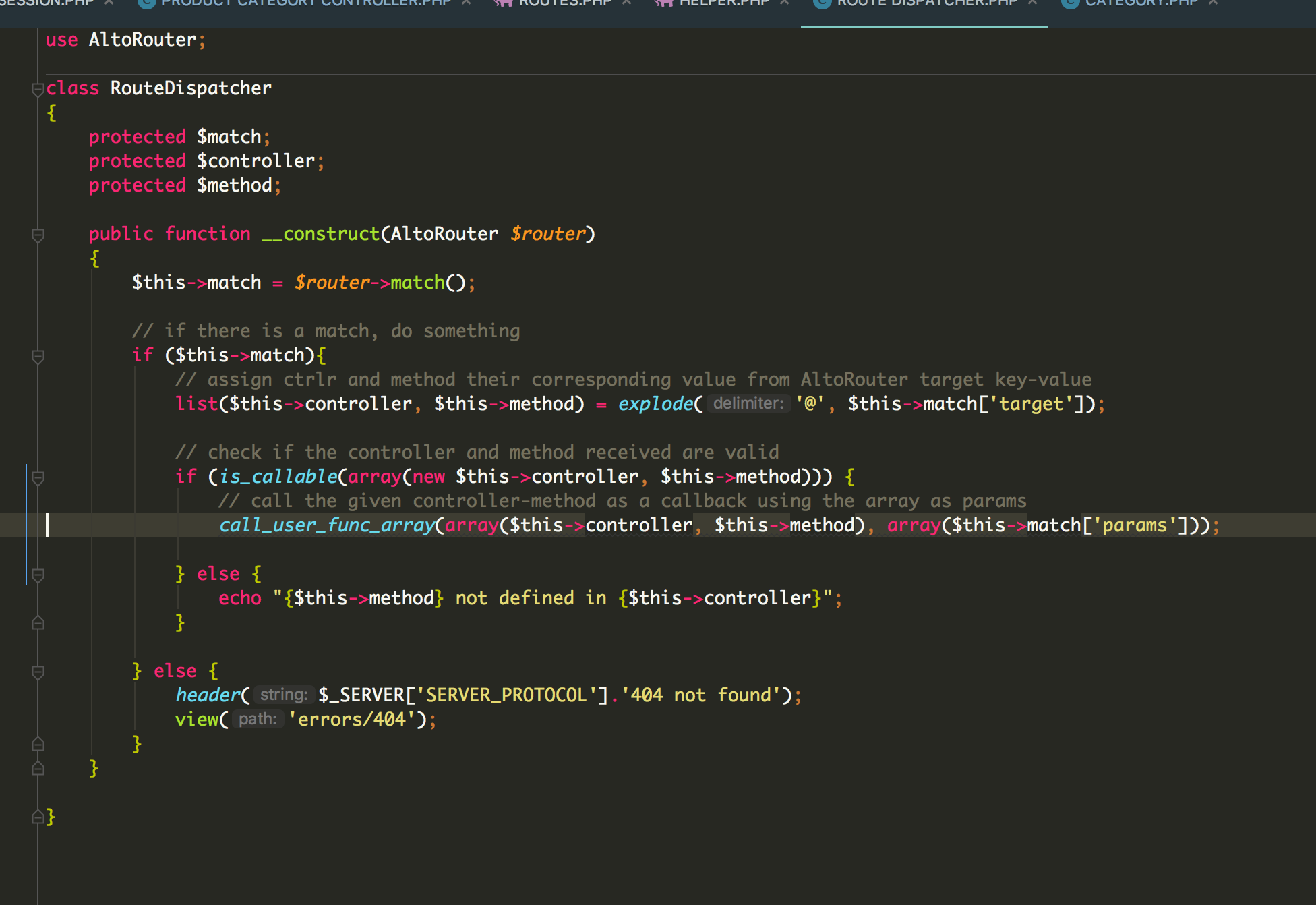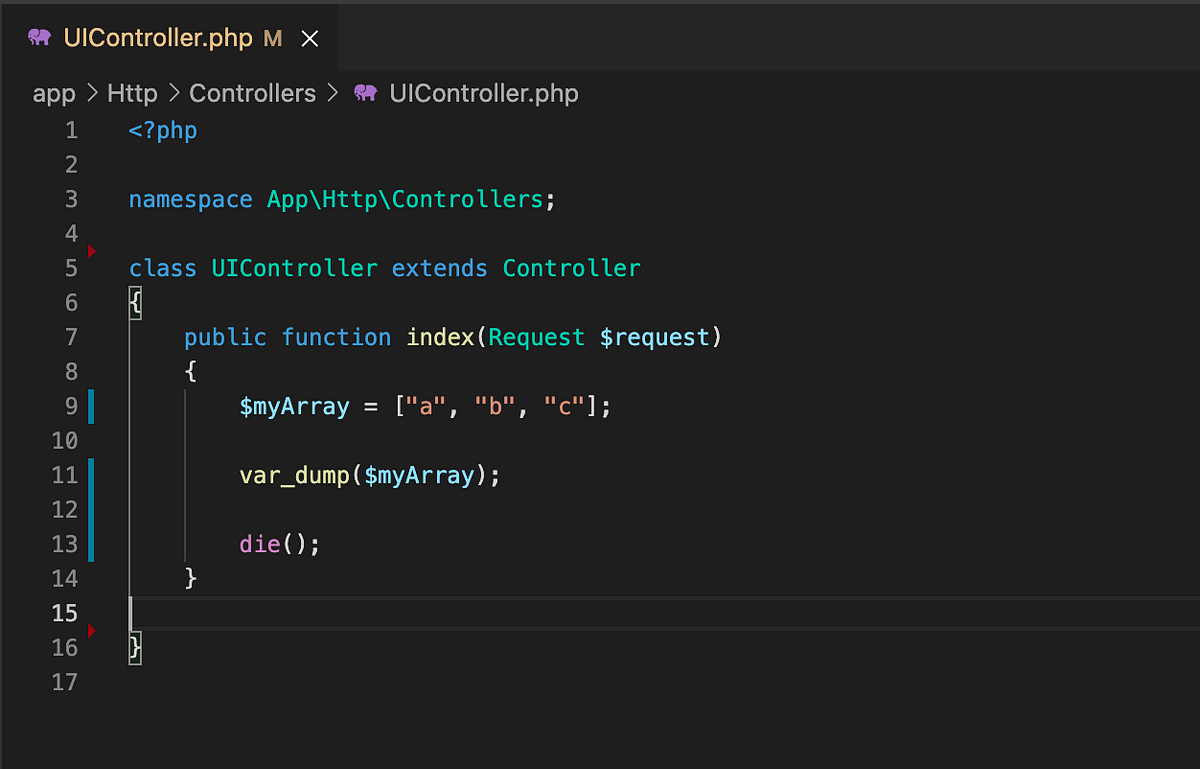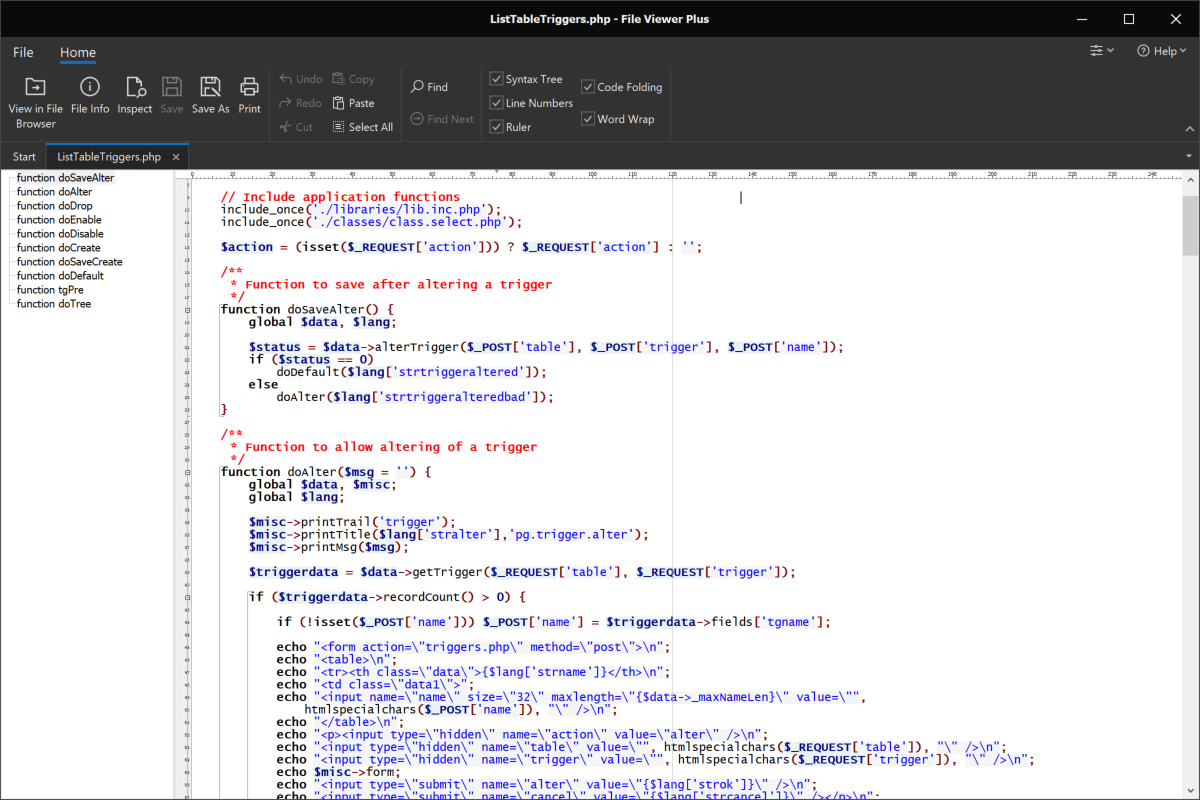Introduction
PHP, which stands for Hypertext Preprocessor, is a widely used scripting language for web development. It offers great flexibility and ease of use, allowing developers to create dynamic and interactive web pages. However, like any programming language, PHP is not without its challenges. One common issue PHP developers face is the “Undefined Index” error. This error occurs when a script attempts to access an array element or a variable using an index that has not been defined.
Imagine a scenario where you have an array called “students” with elements representing different student names and their corresponding grades. If you try to access a grade using an index that does not exist, PHP will throw an “Undefined Index” error. This error can disrupt the flow of your code and impact the functionality of your web application.
Understanding the causes and solutions for this error is crucial for efficiently debugging PHP code. In this article, we will explore the common causes of the “Undefined Index” error and provide practical solutions to solve it. By implementing these strategies, you can ensure that your PHP scripts run smoothly and handle any potential errors gracefully. Let’s dive in and discover how to tackle this issue head-on.
What is an “Undefined Index” error in PHP?
In PHP, an “Undefined Index” error occurs when you try to access an array element or a variable using an index that has not been defined or does not exist. Essentially, PHP is telling you that the index you are trying to access does not have a corresponding value or key in the array or variable. This error can be a typical stumbling block for PHP developers, but understanding its nature is key to finding and resolving the issue.
Arrays in PHP are capable of storing multiple values under a single variable. Each element in an array is assigned a unique index, which serves as its identifier. When you try to access a specific element in an array, you need to utilize the index associated with it. However, if you mistakenly use an index that does not exist, PHP will throw an “Undefined Index” error to let you know that the requested index is not found within that array.
Similarly, when working with variables, if you attempt to access a variable that has not been defined, PHP will also generate an “Undefined Index” error. This error will occur if you try to read the value of a variable that has not been assigned any data. It is essential to declare and initialize variables with a value before using them to avoid these types of errors.
This error can disrupt the execution of your PHP code and lead to unpredictable behavior in your web application. It is essential to handle or prevent “Undefined Index” errors to ensure the robustness and reliability of your scripts. In the next sections, we will explore the common causes of this error and provide effective solutions to address it.
Common Causes of “Undefined Index” Error
Understanding the common causes of the “Undefined Index” error is essential for effectively troubleshooting and preventing this issue in your PHP code. By identifying these causes, you can implement the appropriate solutions and ensure the stability of your web application. Let’s explore some of the most common reasons why this error occurs:
- Missing or Incorrect Index: One of the primary causes of the “Undefined Index” error is when you try to access an index that does not exist in an array. This can happen if you misspell an index name or if you assume the index exists without validating it first.
- Uninitialized Variables: If you try to access the value of a variable that has not been initialized or assigned any data, PHP will throw an “Undefined Index” error. It is important to always initialize variables before using them to avoid this issue.
- Incorrect Form Handling: When working with HTML forms and processing user input, it is crucial to ensure that the form data is correctly submitted and received. If you attempt to access form values using incorrect or nonexistent names, it can lead to “Undefined Index” errors.
- Missing or Incorrect Function Parameters: If you call a function and pass incorrect or missing parameters, PHP may throw an “Undefined Index” error when the function tries to access those parameters using their indexes. Make sure to check the function signature and provide the correct parameters.
- Scope Issues: Variables and arrays can have different scopes, such as global scope and local scope. If you try to access a variable or array outside of its defined scope, it can result in an “Undefined Index” error.
By understanding these common causes, you can proactively identify and address potential “Undefined Index” errors in your PHP code. In the next section, we will explore effective solutions to solve the “Undefined Index” error and prevent it from occurring.
How to Solve “Undefined Index” Error in PHP
Dealing with the “Undefined Index” error in PHP requires a systematic approach to identify and resolve the underlying issues causing the error. By following the strategies below, you can effectively solve the “Undefined Index” error and ensure the smooth execution of your PHP code.
- Check if the Index exists before accessing it: To avoid the “Undefined Index” error, it’s important to verify if the index exists in an array before attempting to access it. You can use the
array_key_exists()function to check if a specific index is present in the array. - Use
isset()function to avoid “Undefined Index” error: Theisset()function allows you to check if a variable or an array index is set and not NULL. By using this function, you can prevent accessing undefined indexes and handle them gracefully in your code. - Use
empty()function to handle “Undefined Index” error: Theempty()function is another helpful tool to handle “Undefined Index” errors. It not only checks if a variable or an array index is set but also checks if it is empty (e.g., an empty string, 0, or NULL). Usingempty()helps ensure that you are not trying to access empty or nonexistent indexes. - Initialize variables before using them: To prevent “Undefined Index” errors caused by uninitialized variables, make sure to initialize them with an appropriate value before referencing them in your code. This ensures that the variables are set and available for use.
- Enable error reporting for easier debugging: Enabling error reporting in PHP can greatly assist in identifying the source of “Undefined Index” errors. By setting the
error_reportingdirective to display all errors, including notices and warnings, you can quickly pinpoint the location of the error and take necessary actions to resolve it. - Use error suppression operator to avoid displaying the error: In some cases, you may want to prevent the “Undefined Index” error from being displayed on the web page. By using the “@” error suppression operator before accessing an index, PHP will ignore the error and proceed with the code execution. However, exercise caution when using this approach, as it may hide other important errors.
By incorporating these strategies into your PHP development process, you can effectively handle “Undefined Index” errors and maintain the integrity of your code. Prevention and thorough error handling are key in building robust and reliable PHP applications.
Check if the Index exists before accessing it
One effective way to prevent the “Undefined Index” error in PHP is to check if the index exists before attempting to access it. This ensures that you only access valid and defined indexes in your arrays. PHP provides the array_key_exists() function, which allows you to perform this check.
The array_key_exists() function takes two parameters: the index you want to check and the array you are checking against. It returns a boolean value, indicating whether the index exists in the array or not. By using this function, you can conditionally access the index if it exists, avoiding the “Undefined Index” error.
Here’s an example that demonstrates how to use array_key_exists():
$students = array(
"John" => 80,
"Sarah" => 95,
"Michael" => 70
);
if (array_key_exists("John", $students)) {
$johnGrade = $students["John"];
echo "John's grade: " . $johnGrade;
} else {
echo "John's grade is not available.";
}
In this example, we first check if the index “John” exists in the $students array using array_key_exists(). If it does, we assign the value to the $johnGrade variable and display it. If the index doesn’t exist, we display a message indicating that John’s grade is not available.
By implementing this approach in your PHP code, you can ensure that you only access existing indexes in arrays, preventing the “Undefined Index” error. It allows you to handle different scenarios based on whether the index exists or not, providing a more robust and reliable user experience in your web application.
Use isset() function to avoid “Undefined Index” error
Another useful function in PHP to handle “Undefined Index” errors is isset(). This function allows you to check if a variable or an array index is set and not NULL before accessing it. By using isset(), you can prevent accessing undefined indexes and handle them gracefully within your code.
The isset() function takes one or more parameters, which can be variables or array indexes. It returns a boolean value indicating whether the specified variables or array indexes are set or not. If they are set, the function returns true; otherwise, it returns false.
Here’s an example that demonstrates how to use isset() to avoid “Undefined Index” errors:
$student = array(
"name" => "John Doe",
"age" => 20,
"grade" => 85
);
if (isset($student["grade"])) {
$grade = $student["grade"];
echo "Grade: " . $grade;
} else {
echo "Grade is not available.";
}
In this example, we check if the index “grade” exists in the $student array using isset(). If it is set, we assign the value to the $grade variable and display it. If the index is not set, we display a message indicating that the grade is not available.
Using isset() provides a convenient way to handle “Undefined Index” errors and ensures that you access only set indexes in your arrays. By performing this check, you can avoid unexpected errors and handle situations where indexes may not be present in a more controlled manner.
Use empty() function to handle “Undefined Index” error
In addition to using the isset() function, another useful tool for handling “Undefined Index” errors in PHP is the empty() function. The empty() function checks if a variable or an array index is set and not empty (e.g., an empty string, 0, or NULL) before accessing it. By utilizing empty(), you can ensure that you are not trying to access empty or nonexistent indexes.
The empty() function takes one parameter and returns a boolean value. It checks if the specified variable or array index is empty. If it is empty, the function returns true; otherwise, it returns false.
Let’s consider an example that demonstrates how to use empty() to handle “Undefined Index” errors:
$student = array(
"name" => "John Doe",
"age" => 20,
"grade" => ""
);
if (!empty($student["grade"])) {
$grade = $student["grade"];
echo "Grade: " . $grade;
} else {
echo "Grade is not available.";
}
In this example, we check if the index “grade” exists in the $student array using empty(). If the index is not empty, we assign the value to the $grade variable and display it. If the index is empty, we display a message indicating that the grade is not available.
By using the empty() function, you can handle “Undefined Index” errors and also check if the indexes have meaningful values. It allows you to handle situations where indexes may not have values or may be left blank, providing better control and error handling in your PHP code.
Initialize variables before using them
To prevent “Undefined Index” errors caused by uninitialized variables in PHP, it is crucial to initialize them with an appropriate value before referencing them in your code. By doing so, you ensure that the variables are set and available for use, eliminating the possibility of encountering undefined indexes.
When you declare a variable without assigning a value to it, PHP considers it as uninitialized. If you try to access the value of this variable before assigning any data to it, PHP will throw an “Undefined Index” error.
Here’s an example that showcases the importance of initializing variables:
$counter;
$counter++;
echo "Counter: " . $counter;
In this example, we declare the variable $counter without assigning any initial value to it. When we try to increment the counter by using the ++ operator, PHP throws an “Undefined Index” error because the variable has not been initialized before being accessed.
To resolve this issue, we need to initialize the variable before using it:
$counter = 0;
$counter++;
echo "Counter: " . $counter;
By initializing the $counter variable with a value of 0, we can now increment it without any errors. Initializing variables before using them ensures that they have defined values and helps you avoid “Undefined Index” errors in your PHP code.
Remember to initialize all your variables properly to avoid any issues related to “Undefined Index” errors. Taking this precaution allows for smoother execution of your PHP code and reduces the risk of encountering unexpected errors.
Enable error reporting for easier debugging
Enabling error reporting in PHP is a valuable practice that can greatly assist in identifying the source of “Undefined Index” errors. By enabling error reporting, you instruct PHP to display all errors, including notices and warnings, which makes it easier to identify and debug any issues in your code.
To enable error reporting, you need to modify the error_reporting directive in your PHP configuration or include the following line of code at the beginning of your PHP script:
error_reporting(E_ALL);
By setting the error reporting level to E_ALL, you ensure that PHP displays all types of errors, including notices, warnings, and fatal errors. This comprehensive error reporting enables you to identify “Undefined Index” errors as they occur and take necessary actions to resolve them.
Here is an example of enabling error reporting in your PHP script:
error_reporting(E_ALL);
$student = array(
"name" => "John Doe",
"age" => 20
);
echo "Grade: " . $student["grade"];
In this example, the error_reporting(E_ALL) statement is added before accessing the $student array. If there is an “Undefined Index” error, it will be displayed on the webpage along with any other errors that may occur. You can use this information to locate the exact line and resolve the issue.
Enabling error reporting during the development and testing phases of your PHP project allows you to identify and fix “Undefined Index” errors quickly. It helps you catch any unnoticed issues and ensures the overall stability and reliability of your application.
Use error suppression operator to avoid displaying the error
In certain cases, you may want to prevent the “Undefined Index” error from being displayed on the webpage. Using the error suppression operator, denoted by the “@” symbol, allows you to ignore the error and continue with the code execution without displaying the error message to the user.
The error suppression operator can be placed in front of the line where you access the index or variable that may cause an “Undefined Index” error. By applying this operator, PHP will skip displaying the error message and proceed with the rest of the code. However, it’s important to exercise caution when using this approach, as suppressing errors can make it more challenging to identify and debug potential issues in your code.
Here’s an example that demonstrates the usage of the error suppression operator to avoid displaying the “Undefined Index” error:
$student = array(
"name" => "John Doe",
"age" => 20
);
$grade = @$student["grade"]; // Using the error suppression operator
echo "Grade: " . $grade;
In this example, we assign the value of the index “grade” from the $student array to the $grade variable using the error suppression operator. If the index “grade” does not exist, it will not trigger an “Undefined Index” error or display an error message on the webpage.
While using the error suppression operator can help avoid cluttering the webpage with error messages, it is essential to use it judiciously. Suppressing errors indiscriminately may cause logic errors to go unnoticed and can complicate the debugging process. It is recommended to disable error suppression during the development phase to catch and fix any “Undefined Index” errors promptly.
Remember to use the error suppression operator selectively and wisely to prevent error messages from being displayed. It should be utilized as part of a comprehensive error handling strategy and not as a substitution for proper error handling and debugging practices.
Conclusion
Dealing with the “Undefined Index” error in PHP is crucial for building robust and error-free web applications. By understanding the causes of this error and implementing the appropriate solutions, you can ensure the integrity and reliability of your PHP code.
In this article, we explored the nature of the “Undefined Index” error and its impact on PHP scripts. We discussed common causes of this error, such as missing indexes, uninitialized variables, incorrect form handling, and scope issues. We also provided practical strategies to solve and prevent “Undefined Index” errors.
By checking if the index exists before accessing it, using the isset() function, and utilizing the empty() function, you can handle “Undefined Index” errors efficiently. Additionally, initializing variables before using them and enabling error reporting for debugging purposes are vital practices in PHP development.
While the error suppression operator can be used to avoid displaying the error message, it should be used judiciously and as part of an overall error handling strategy.
By implementing these techniques and best practices, you can proactively prevent “Undefined Index” errors and create PHP applications that are more robust, efficient, and user-friendly.
Remember, thorough error handling and debugging are essential for identifying and resolving issues in your PHP code. With these strategies in your toolkit, you can overcome “Undefined Index” errors and enhance the quality of your web applications.









